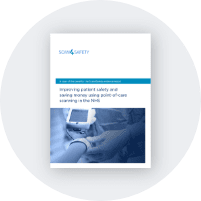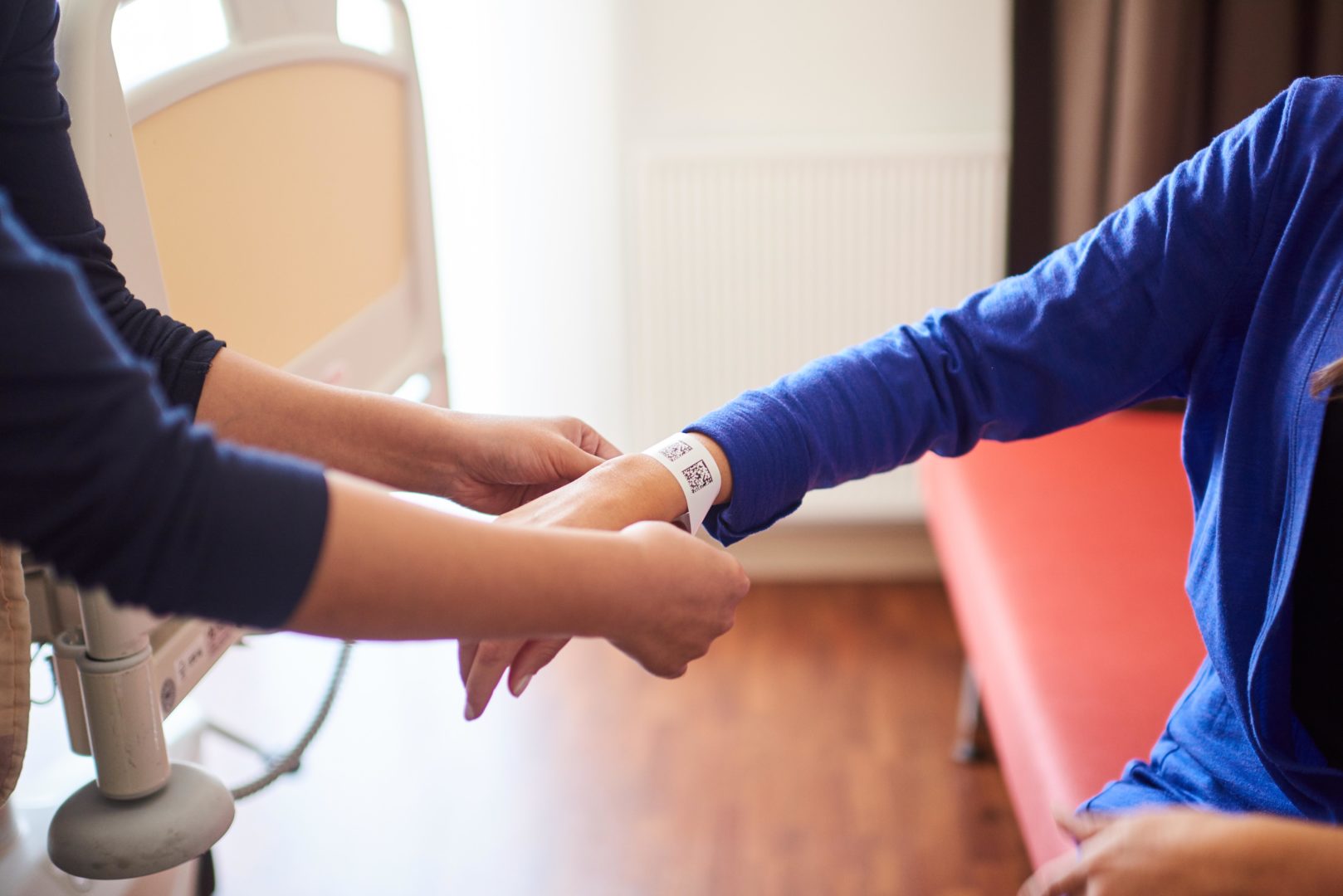

Similarly to all NHS trusts in England, clinical staff at University Hospitals of Derby and Burton NHS Foundation Trust face the battle of demand versus time and resources.
One key day-to-day task affected was observations. A seemingly straightforward task made complex by limitations caused by multiple pieces of ageing equipment, and manual transcription processes.
Naturally, with so much equipment to use at each point, equipment would go missing, which not only wasted staff time but ultimately impacted on patient care.
The trust selected Welch Allyn’s Connex Spot Monitor, linking them to their existing Patientrack electronic observations (e-Obs) software and their electronic patient record (EPR) system, Lorenzo.
These were also connected to their staff list and H-Trak, to provide an added layer of traceability using GS1 standards.
Staff would scan the GS1 patient wristband before performing their assessments to positively identify the patient.
Linked with the staff list, this created a ‘digital footprint’ which could be traced to identify which member of staff had carried out the observations for which patient at any given time.

"We are saving nursing staff time by using the new technology, and in return they can put something back into the process – quality."
With all monitoring capabilities in one place, nurses no longer wasted time looking for separate pieces of equipment. And, scanning the GS1 patient wristband beforehand improved patient safety by ensuring a positive patient identification.
Results were updated in real time, directly onto the patient record – eliminating the risk of transcription errors.
All in all, the time taken to complete observations for each patient fell from 5 minutes 11 seconds to 3 minutes 22 seconds – that is 109 seconds given back for each individual observation carried out.
The trust is now planning to roll this out to the rest of the hospital.
If you would like to submit a case study demonstrating how your trust has implemented GS1 standards, email us at healthcare.casestudies@gs1uk.org